The image of the domestic cat as a solitary and aloof creature is a well-entrenched stereotype. For centuries, cats have been admired for their perceived independence and self-sufficiency. Unlike dogs, which often seem to crave human attention, cats are often seen as more detached and capable of taking care of themselves. But how accurate is this perception? Are cats genuinely as independent as we believe, or is there more to their behavior than meets the eye? In this article, we explore various facets of feline behavior and social dynamics to provide a clearer picture of the domestic cat’s true nature.
Understanding Feline Social Behavior
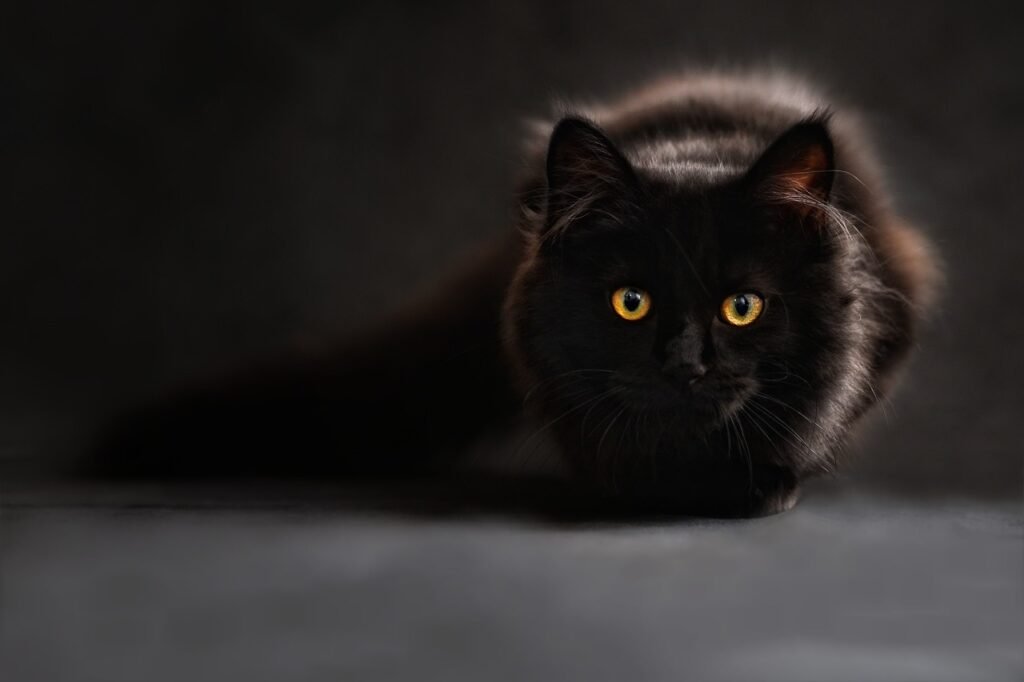
The domestic cat’s ancestors, the African wildcats, were solitary hunters, which has undoubtedly influenced modern cat behavior. However, domestic cats have shown the ability to form complex social structures, particularly when resources are abundant. These social dynamics often play out in multi-cat households where hierarchies and feline friendships can emerge. Contrary to popular belief, cats can be social animals, displaying behaviors that go against their image of isolation.
The Role of Domestication in Cat Behavior
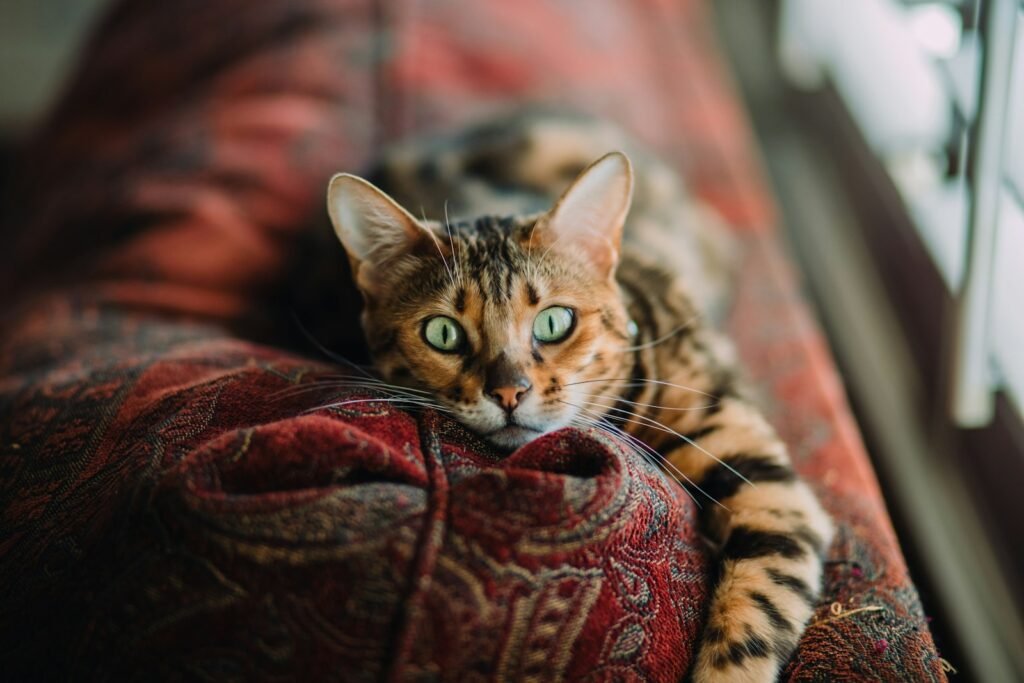
Domestication has played a crucial role in shaping the behavior of domestic cats. Over thousands of years, cats have adapted to living alongside humans, resulting in a species that thrives on interaction and, in many cases, seeks out companionship. While their independent streak remains, domestic cats have developed an awareness of human cues and often rely on their human companions for food, shelter, and emotional bonding.
Communication: More Than Just a Meow
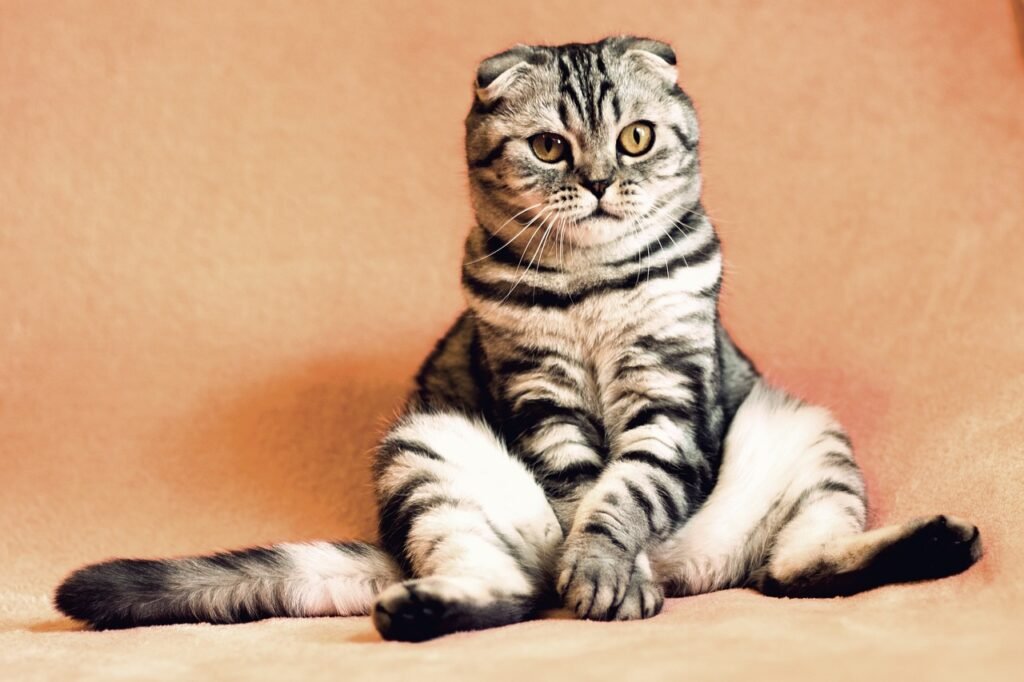
Cats communicate through a rich tapestry of vocalizations, body language, and even facial expressions. They tailor their communication styles to fit their interactions with humans versus other cats. While a cat’s meow is primarily directed at humans, their body language often conveys much of their social intentions and feelings. By understanding these signs, humans can better appreciate the depth of a cat’s social engagement.
Attachments to Humans
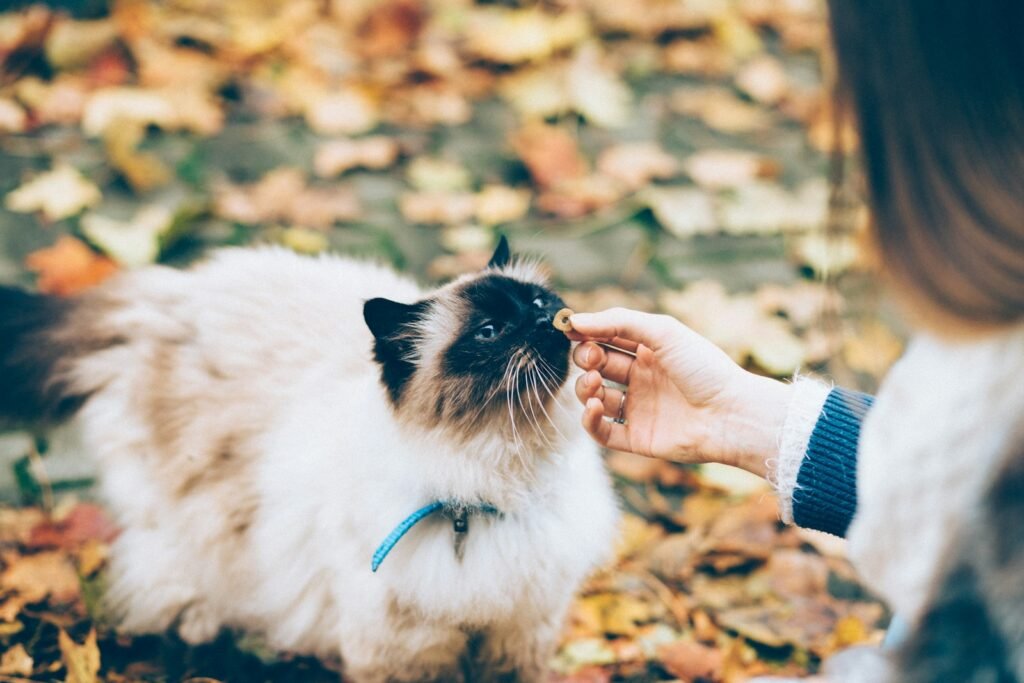
Studies show that cats can form strong attachments to their owners, similar to the bonds dogs exhibit with their human counterparts. They can recognize their owners’ voices and show preference for their company. This attachment can manifest in behaviors such as following humans around, seeking out affection, or exhibiting signs of distress when separated from their owners for extended periods.
Dependency on Routine and Environment
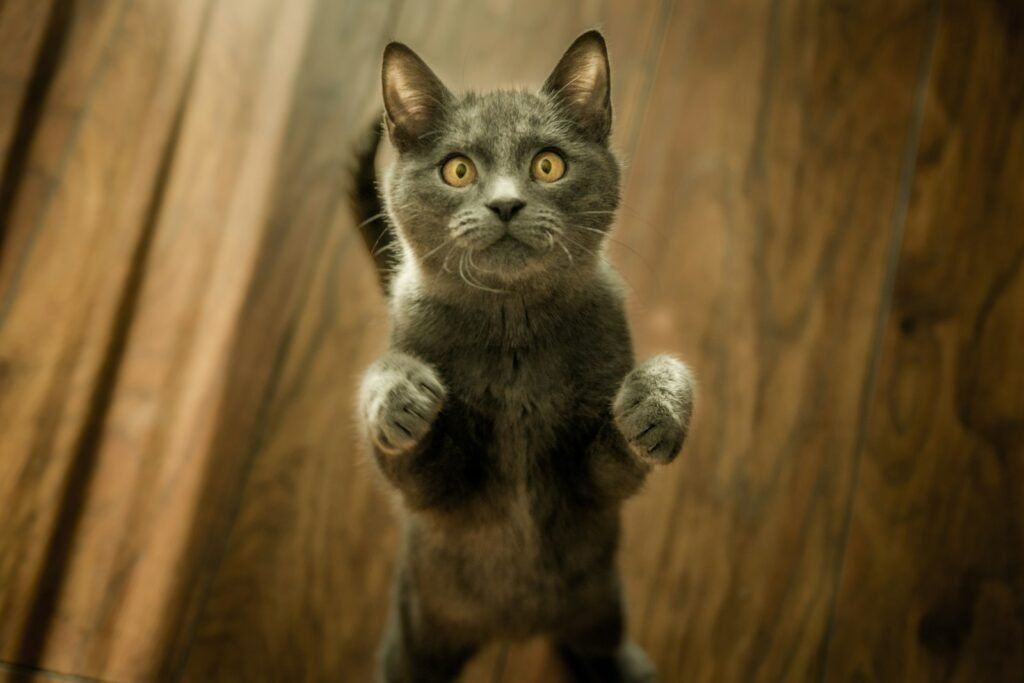
While cats may appear independent, they are creatures of habit and can become stressed if their routines or environments are disrupted. This dependence on consistency suggests that cats have a greater reliance on structure and familiarity than their aloof nature may imply. Changes in households, such as moving or introducing new animals, can significantly affect their well-being and behavior.
Hunting Instincts: Independent or Trained?
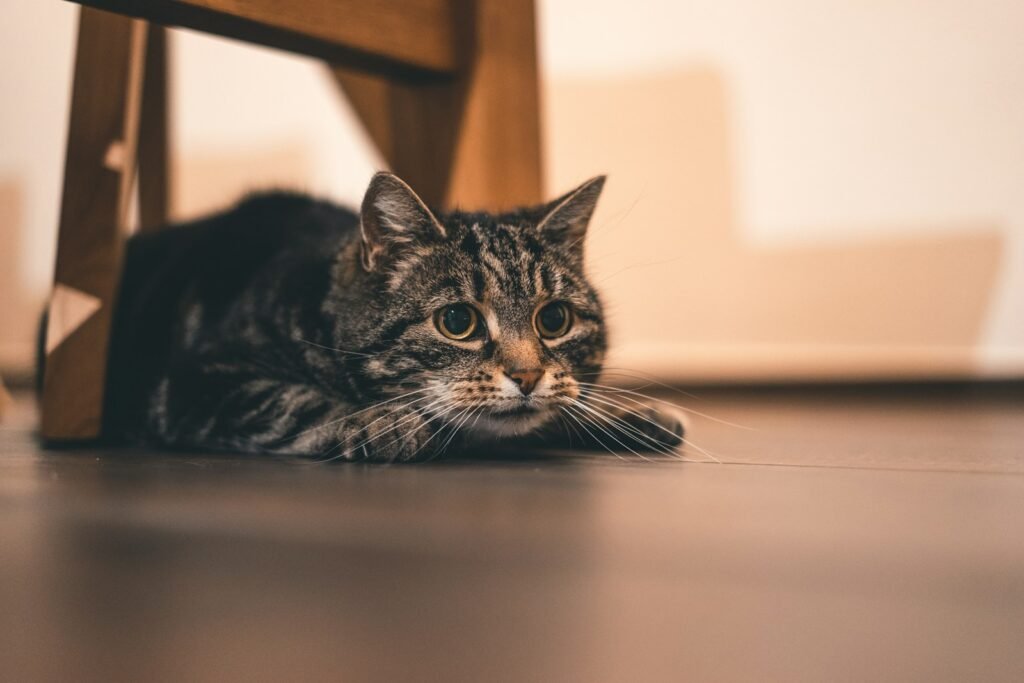
One of the hallmarks of a cat’s independence is their hunting instinct. Even well-fed domestic cats may hunt, but this behavior is not necessarily a sign of self-sufficiency. Instead, it’s a deep-rooted instinctual behavior that provides mental stimulation and satisfaction. In many cases, domestic cats are not hunting for survival but rather for sport or to bring trophies to their human companions.
Play and Social Interaction
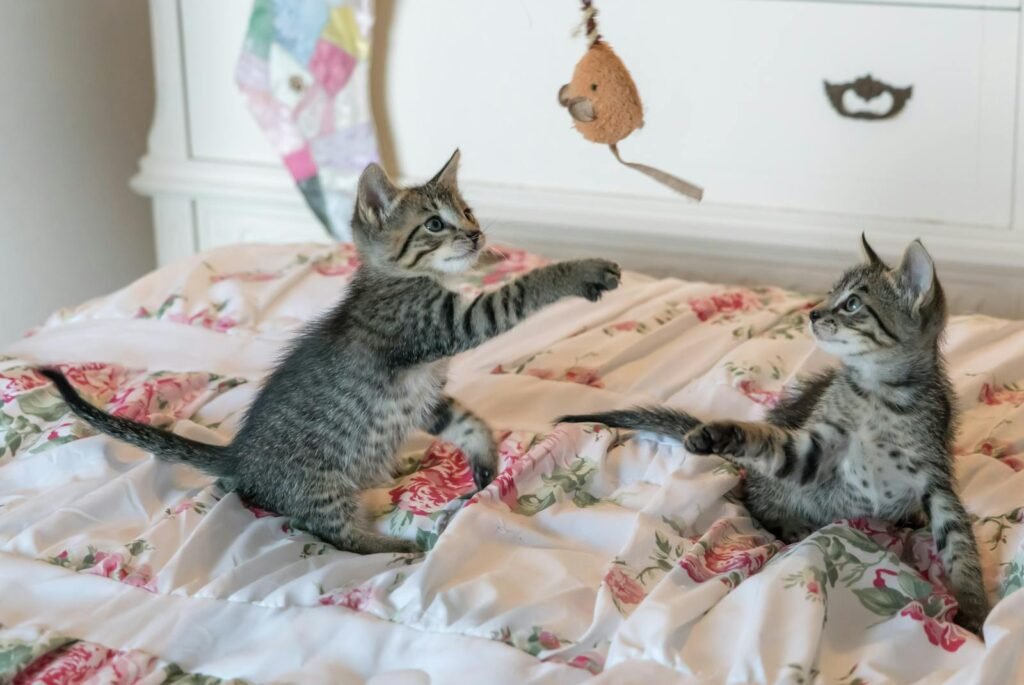
Play is a significant component of a cat’s behavior, serving as both a mental and physical exercise. Through play, cats not only satisfy their predatory instincts but also engage in social bonding. Play interactions can occur between cats, but they also frequently happen between cats and humans, serving as another avenue for attachment and social interaction.
The Influence of Breed and Personality
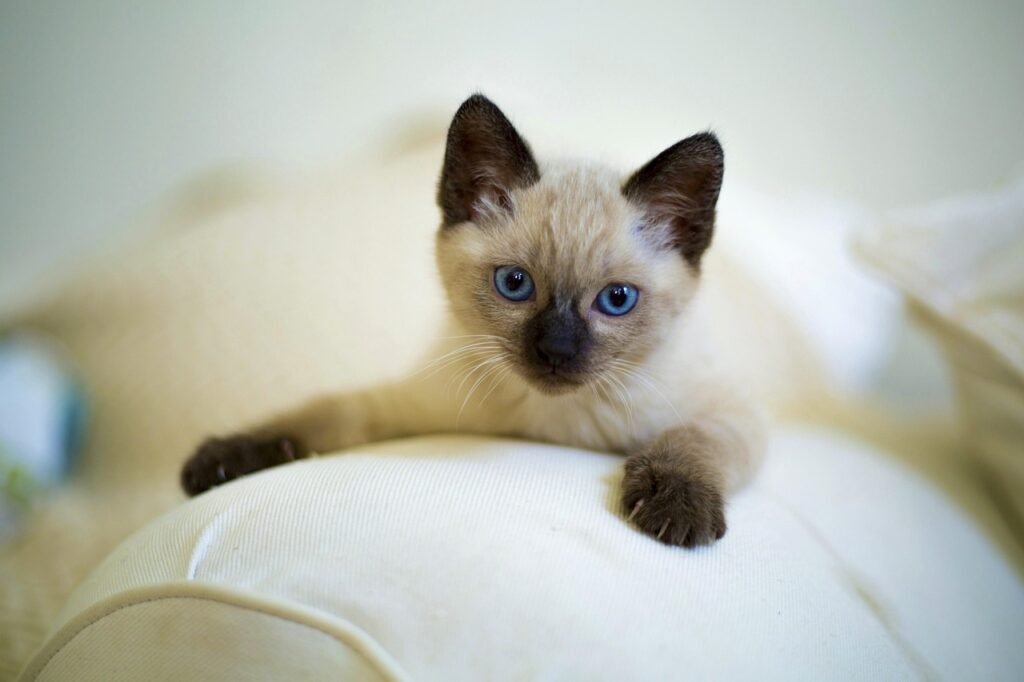
Just like humans, every cat has a distinct personality, which can influence its level of independence. Some breeds are known for their social nature and dependence on human interaction, such as Siamese or Ragdolls, while others, like the Russian Blue, may appear more self-reliant. Understanding individual and breed-specific behaviors can help cat owners provide the most supportive environment for their feline friends.
Conclusion: A Balanced Understanding
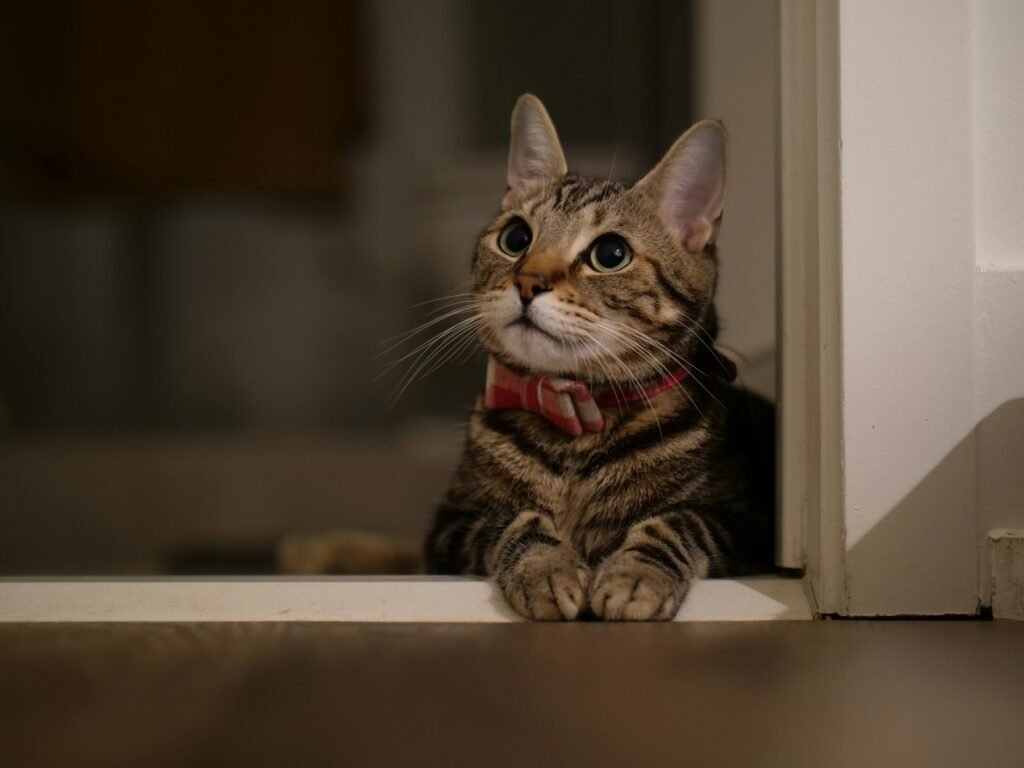
The notion of cats as completely independent creatures is more myth than reality. While they possess traits that allow them to thrive without continual human interaction, they also exhibit numerous behaviors that show a capacity for attachment, social interaction, and dependency. By appreciating these complexities, cat owners can foster healthier, more understanding relationships with their pets, recognizing their needs not just for independence but also for companionship and care.

Growing up traveling and experiencing new cultures and wonders, I have had a passion for nature, adventuring, photography, and videography. I am currently working towards a BSc in Biodiversity and Ecology at Stellenbosch University, and I hope to specialise in Marine Sciences one day.
Please send any feedback to Feedback@animalsaroundtheglobe.com






